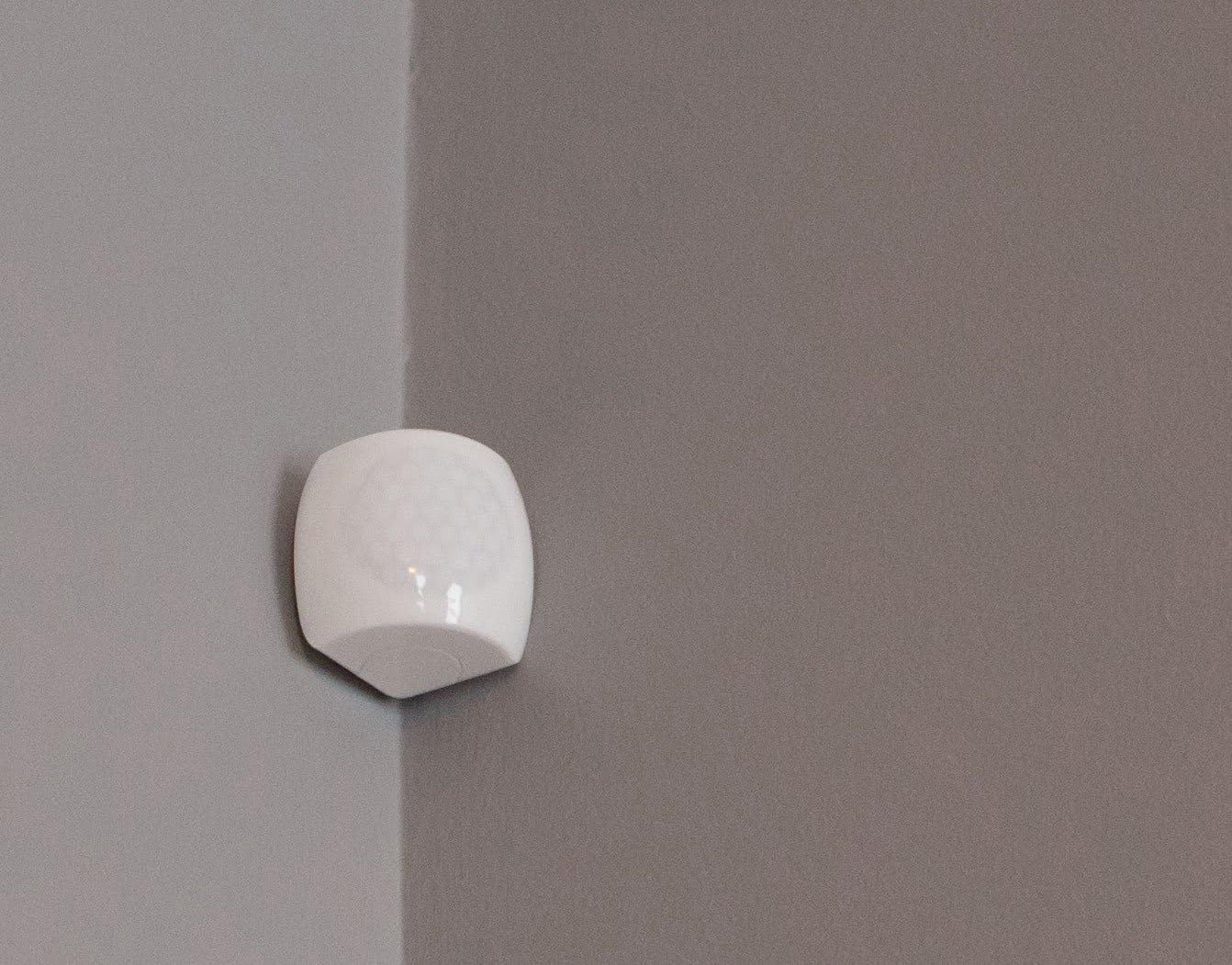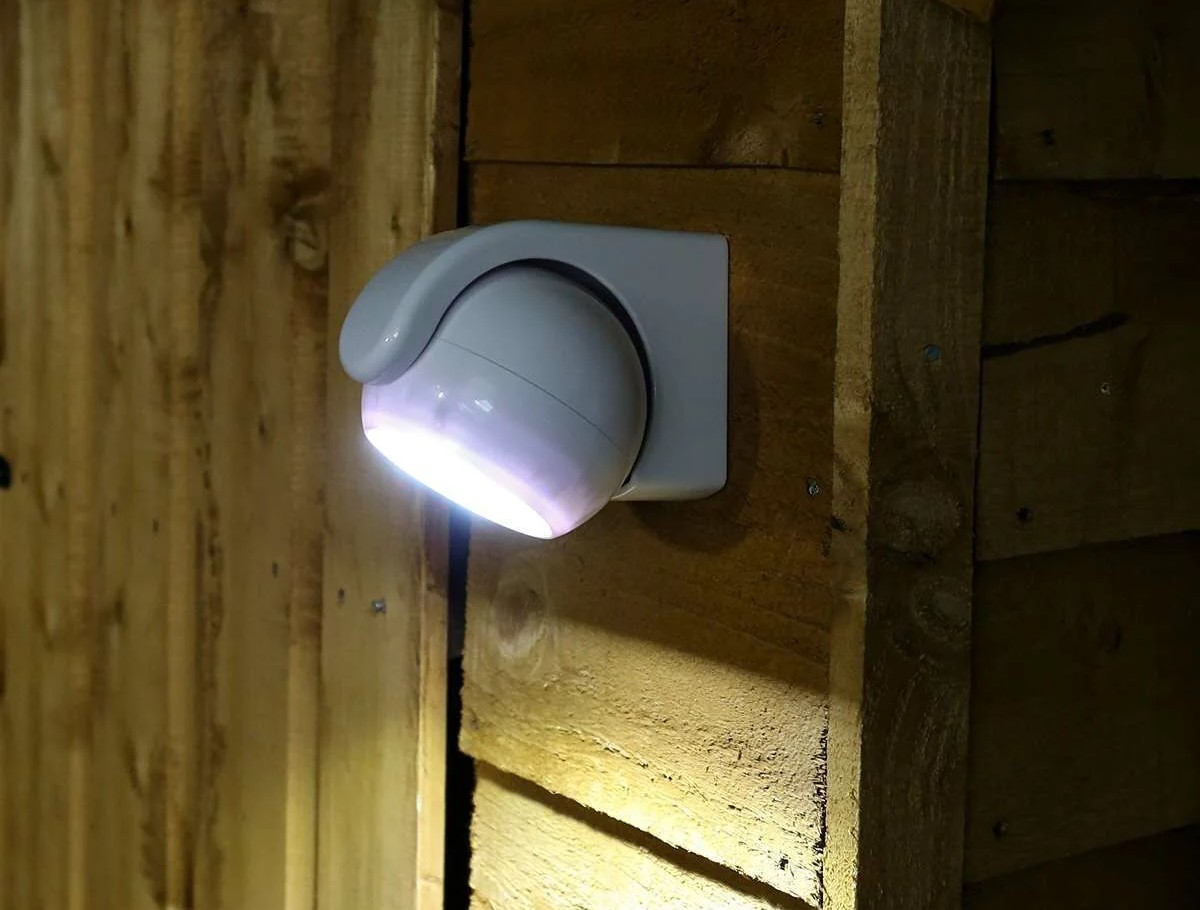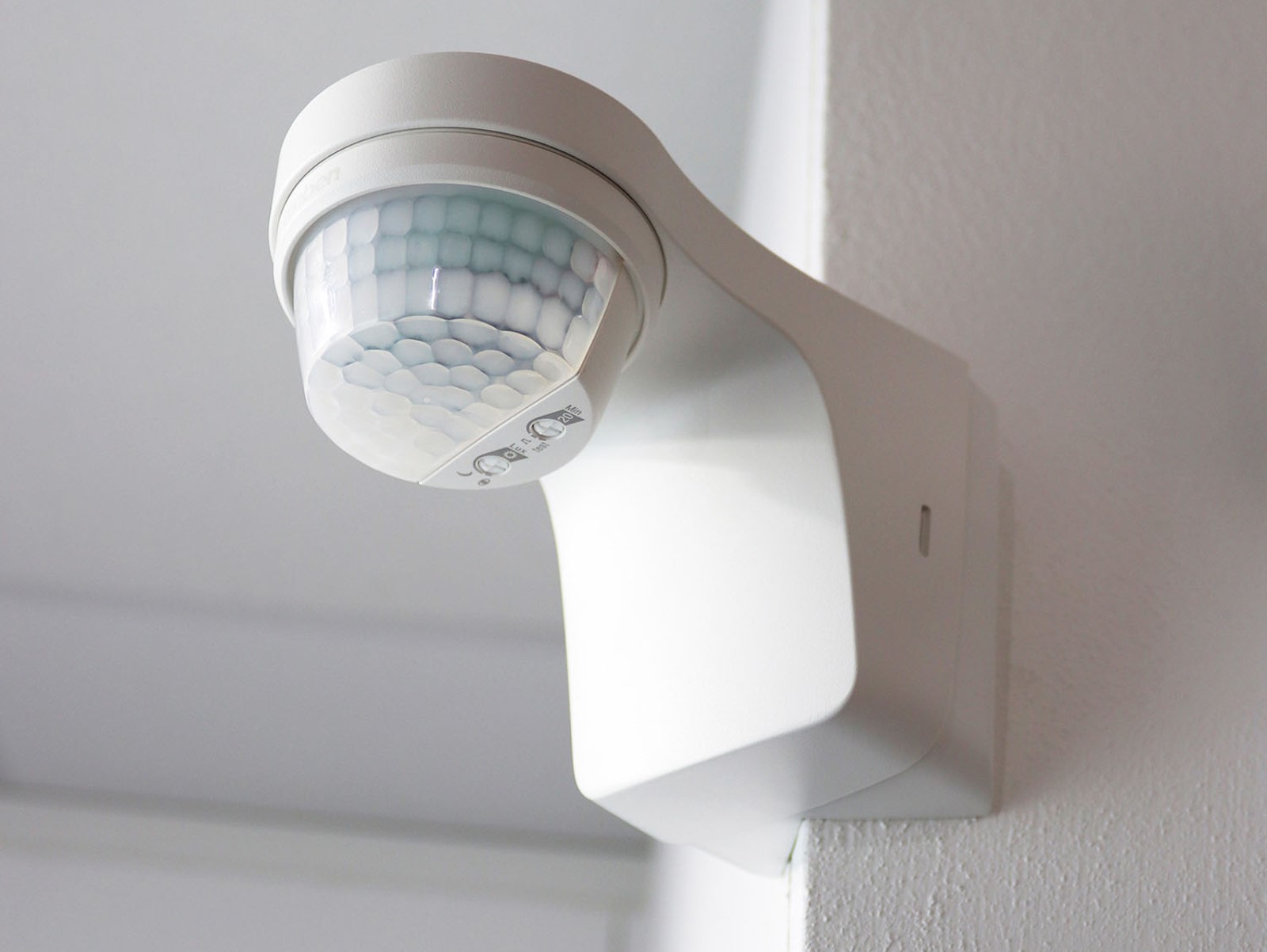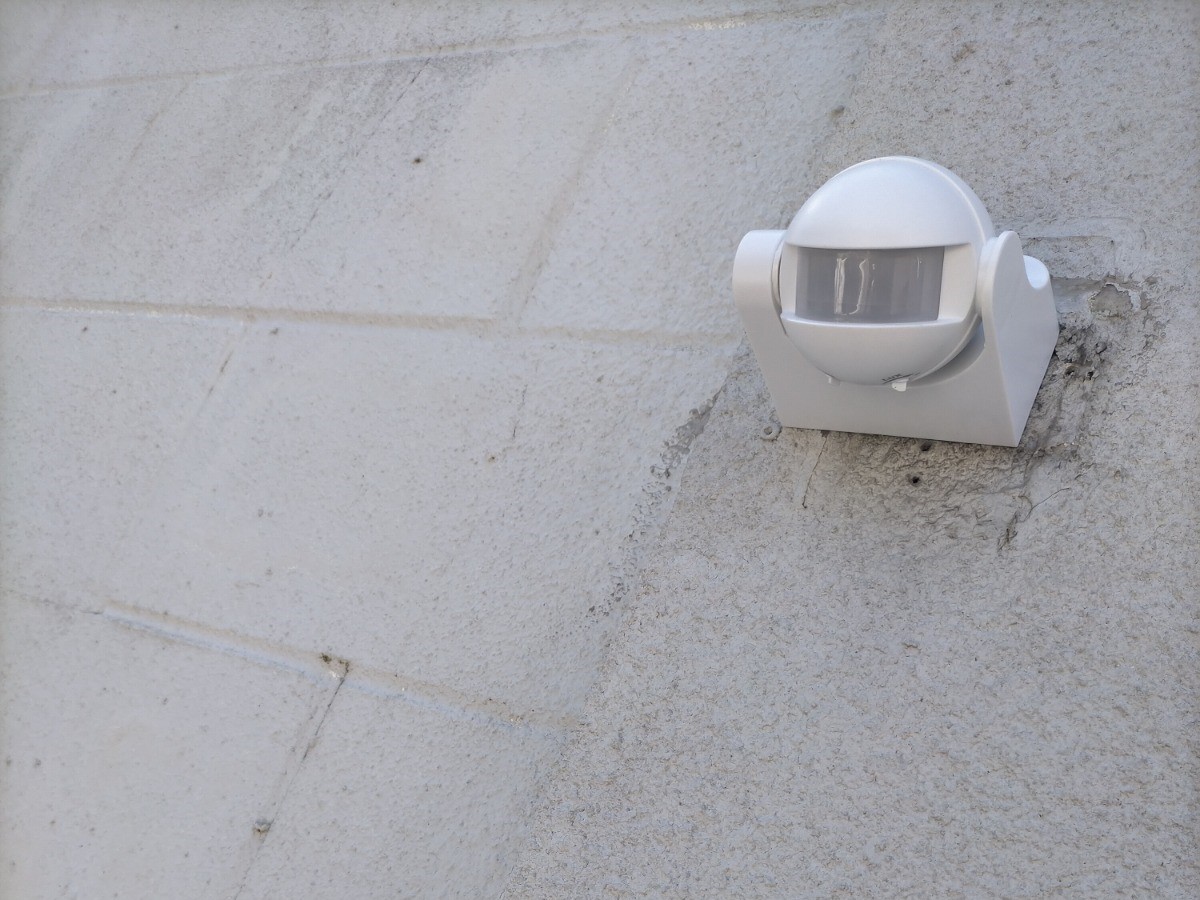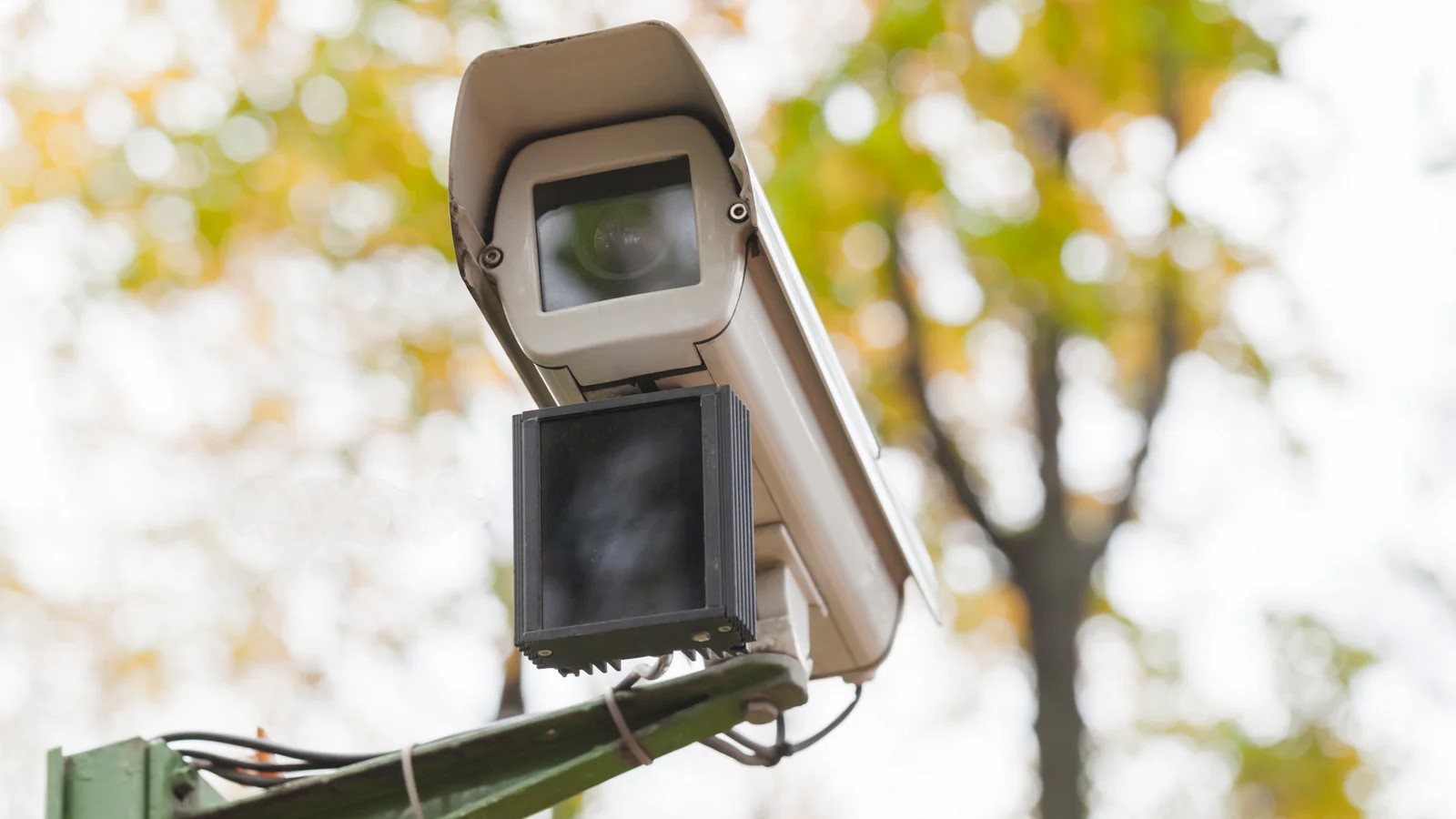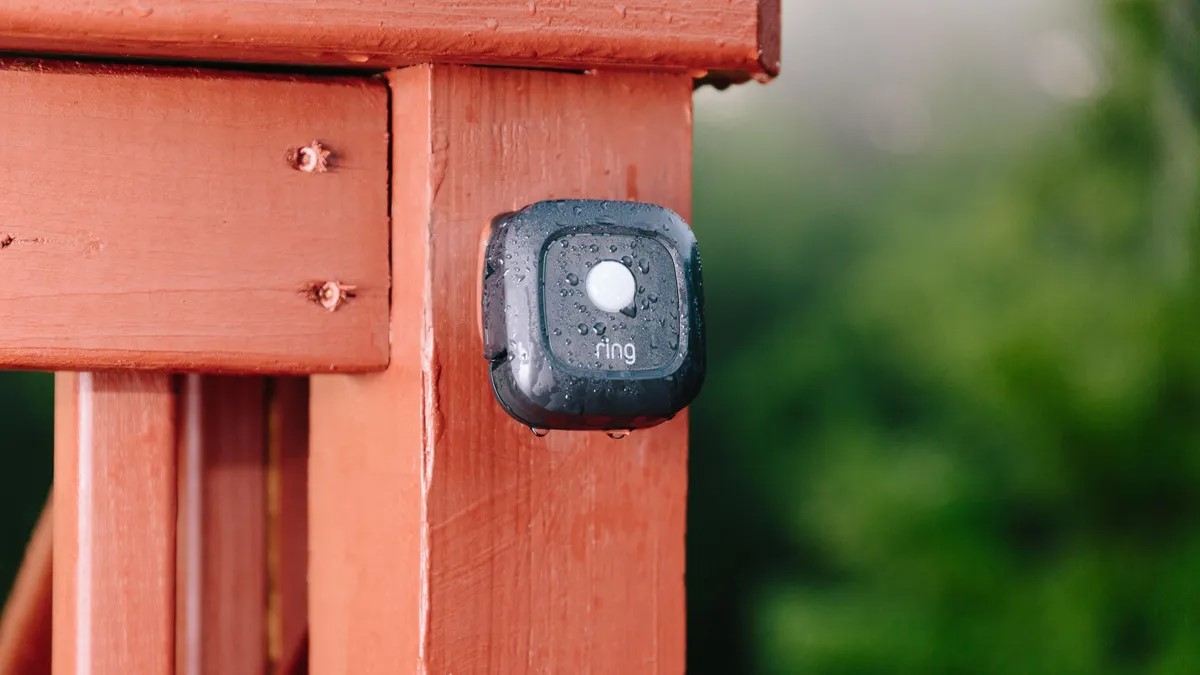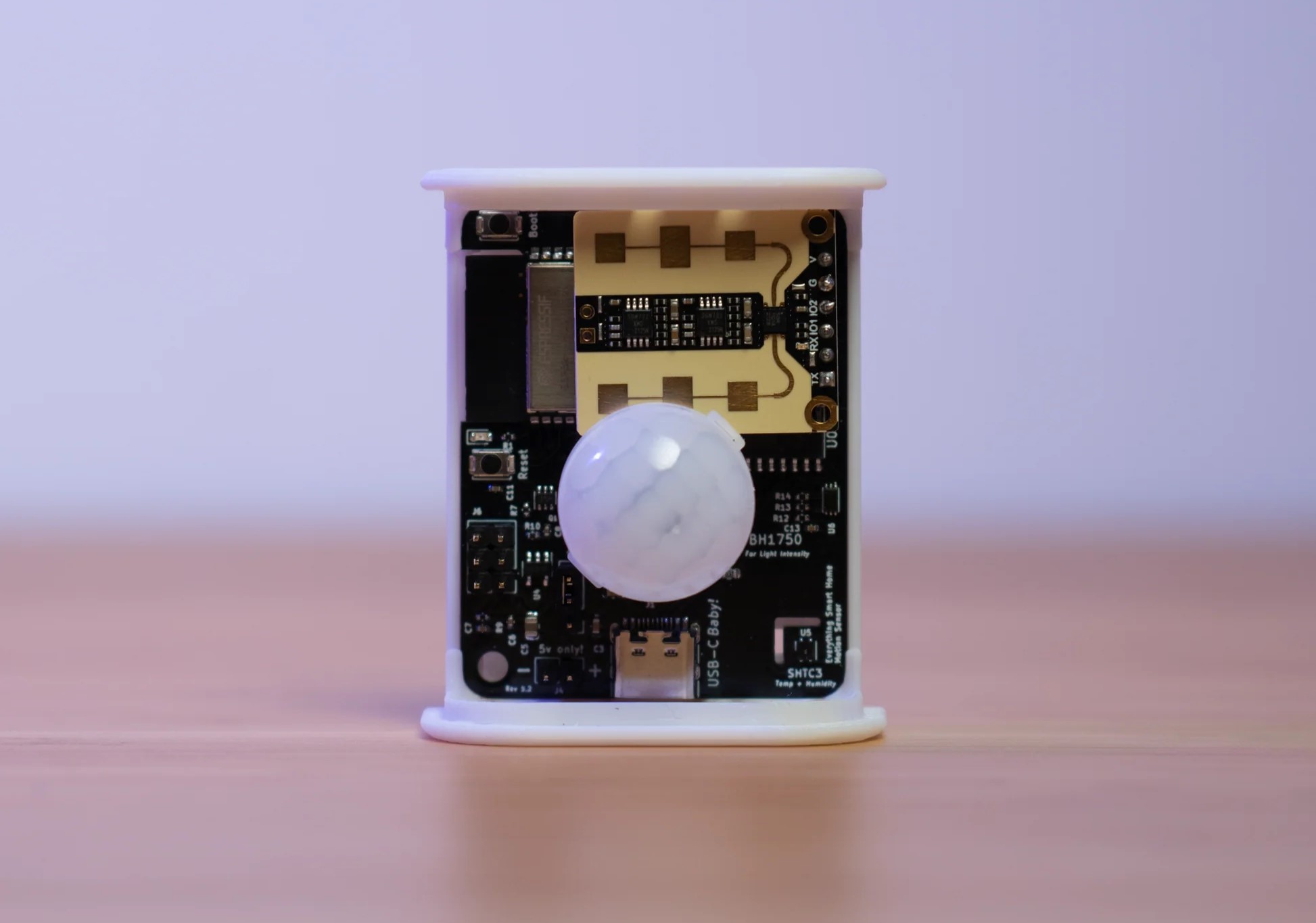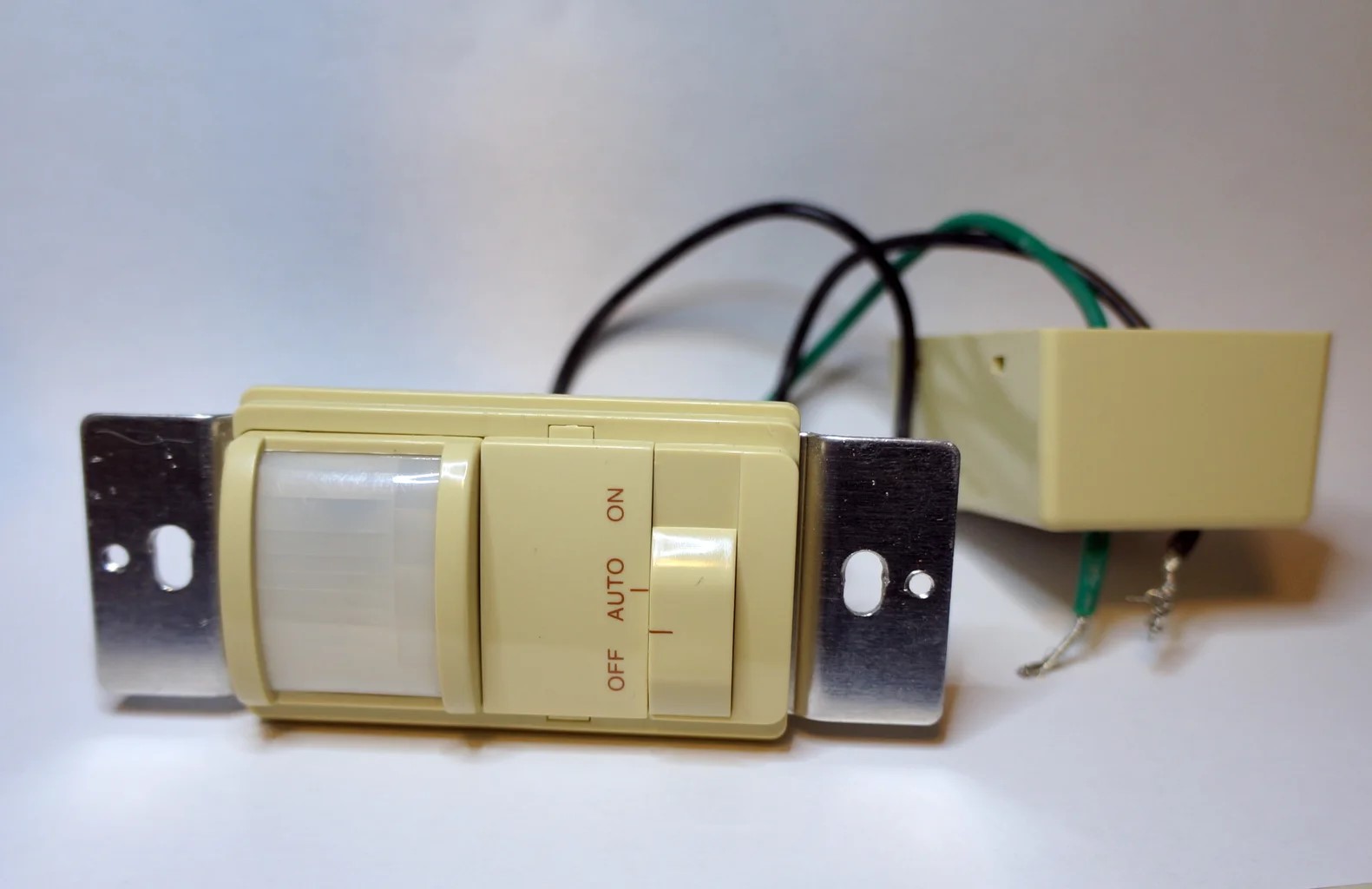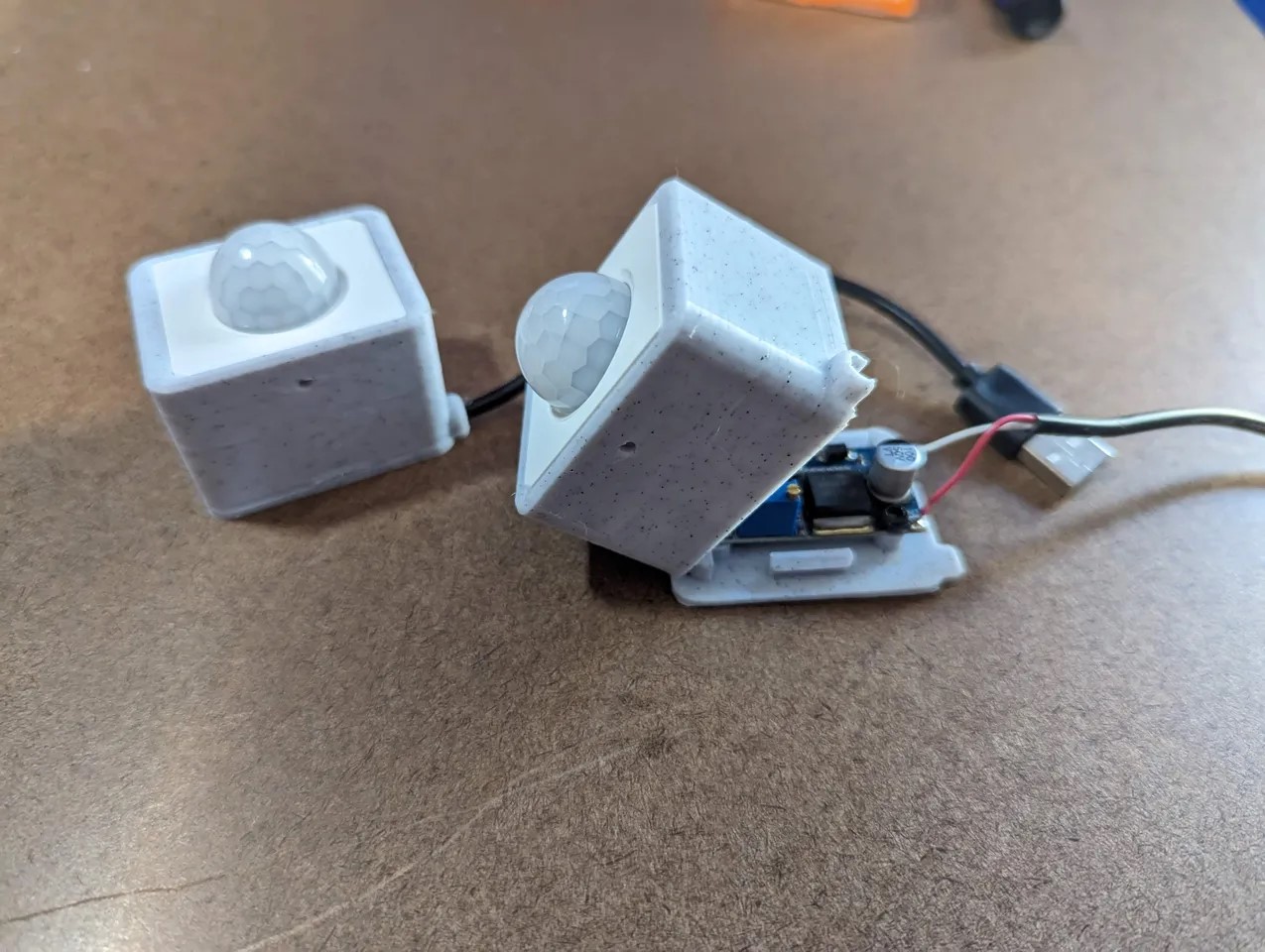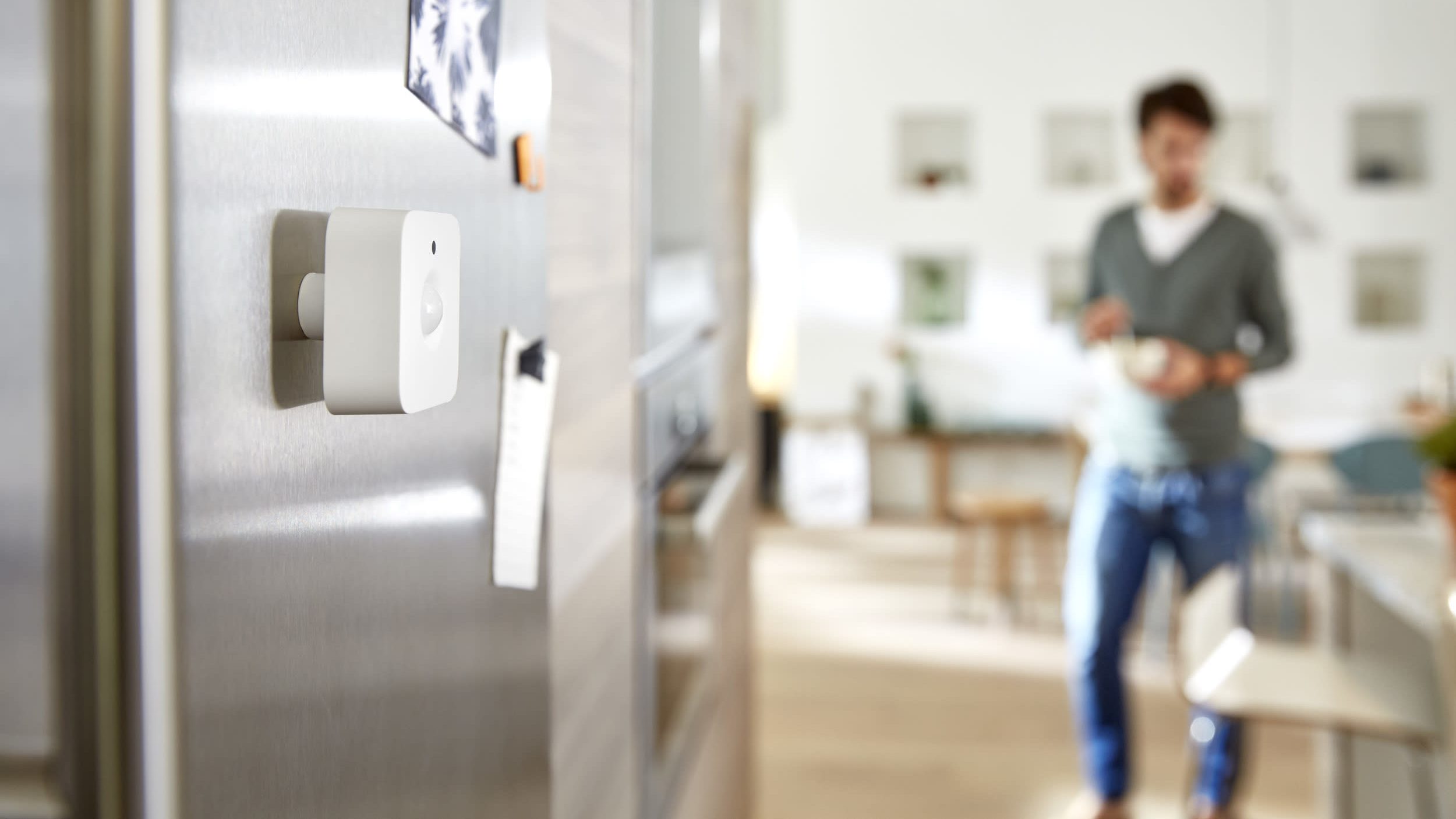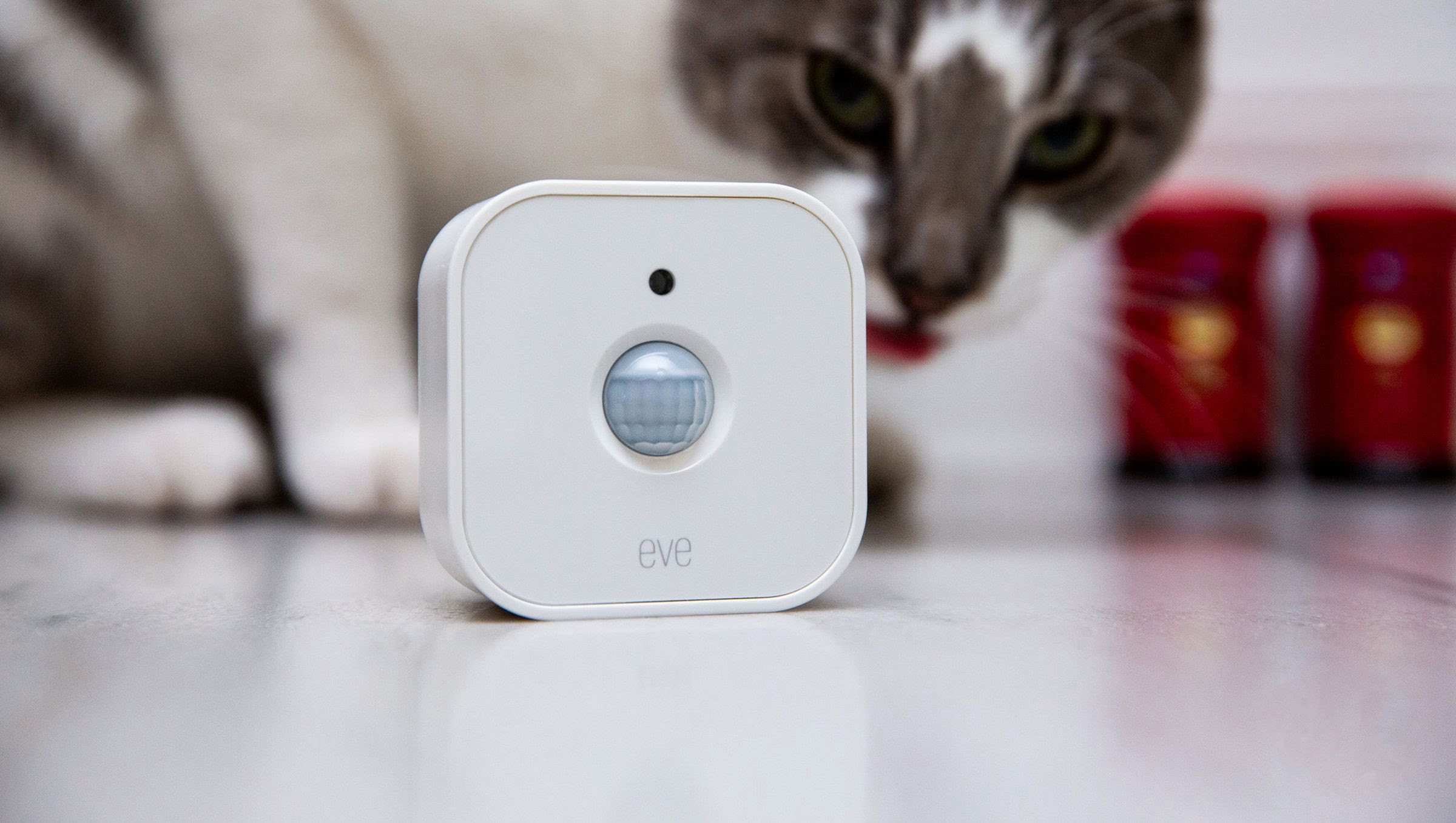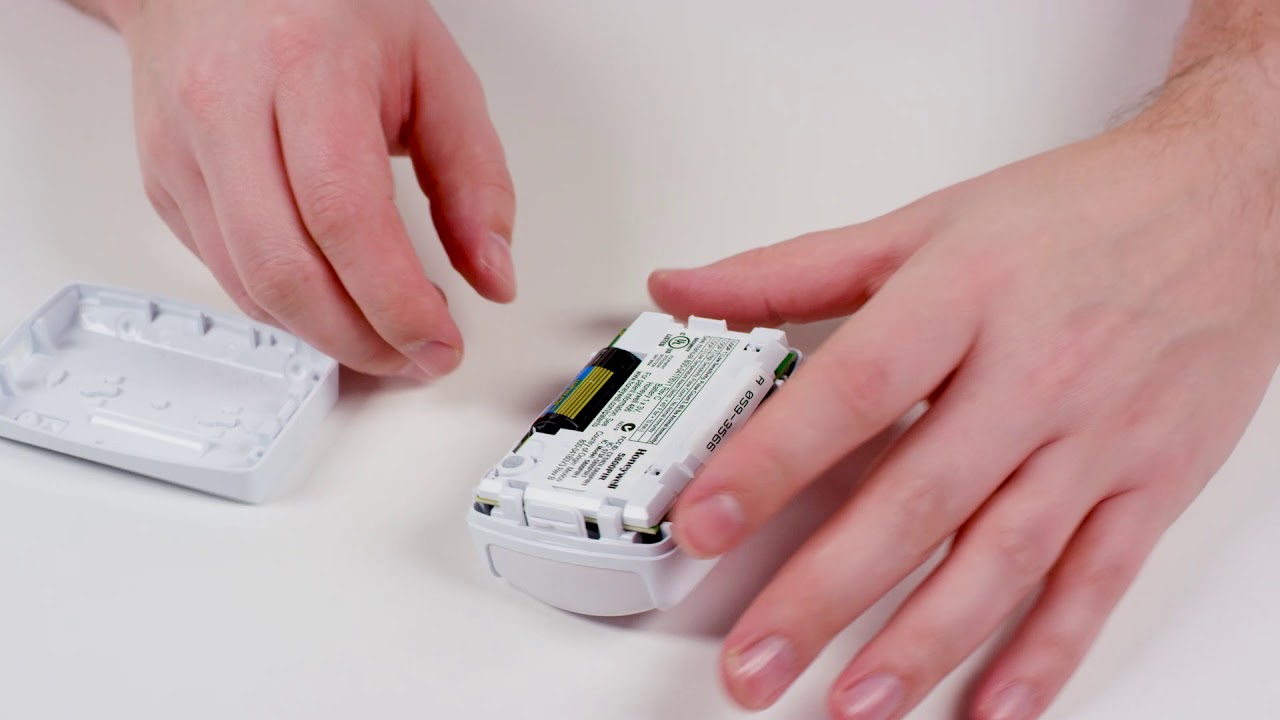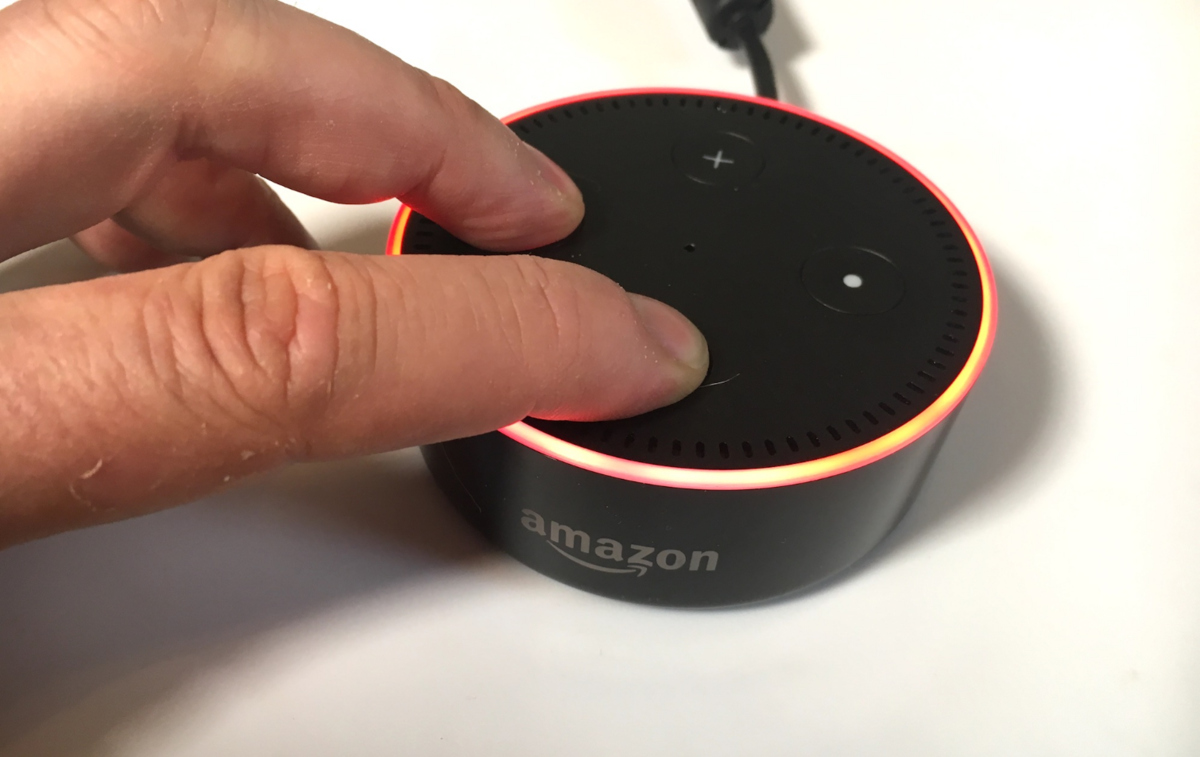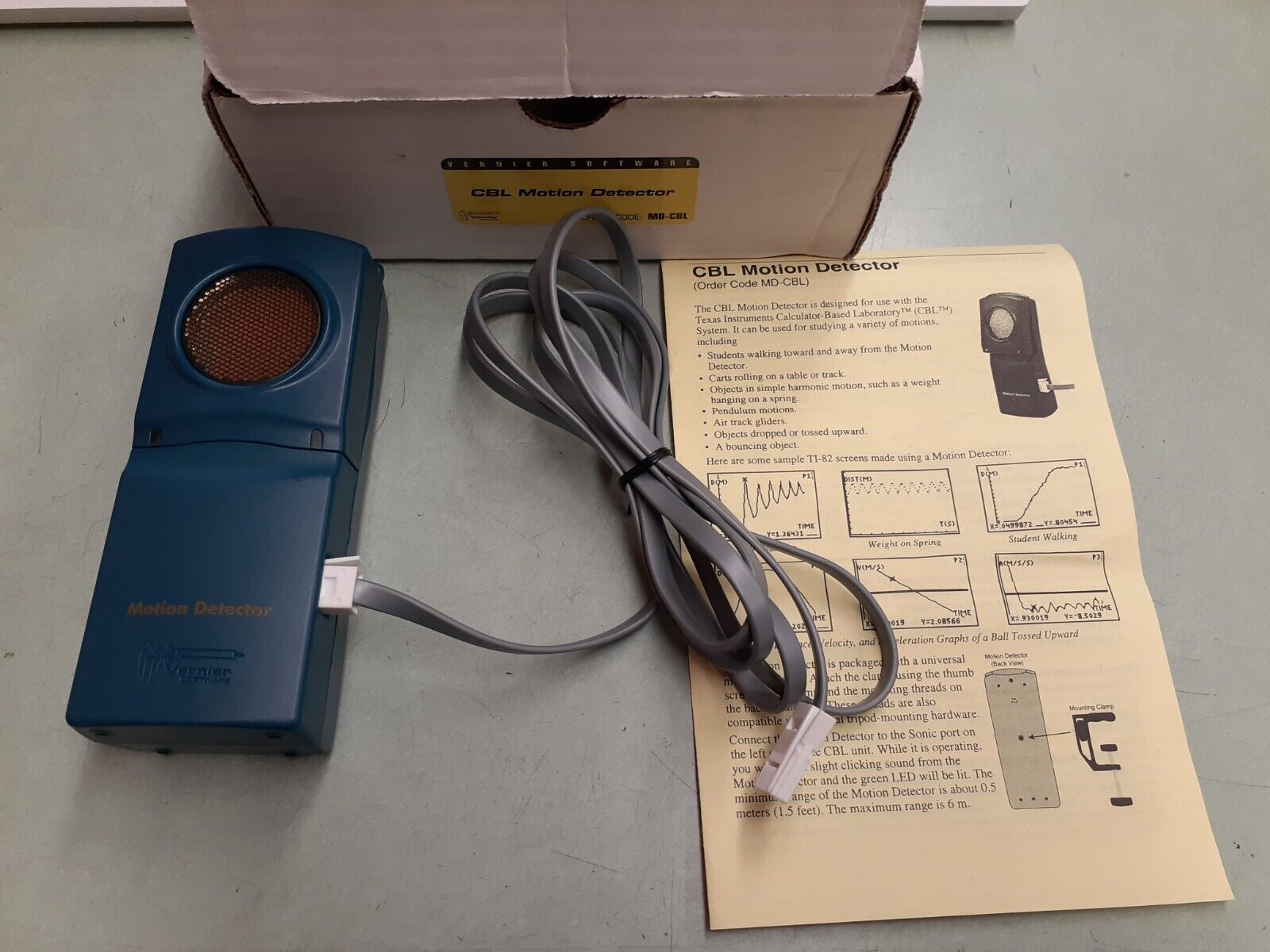Home>Home Security and Surveillance>How To Deactivate An Insteon Motion Detector When Occupied
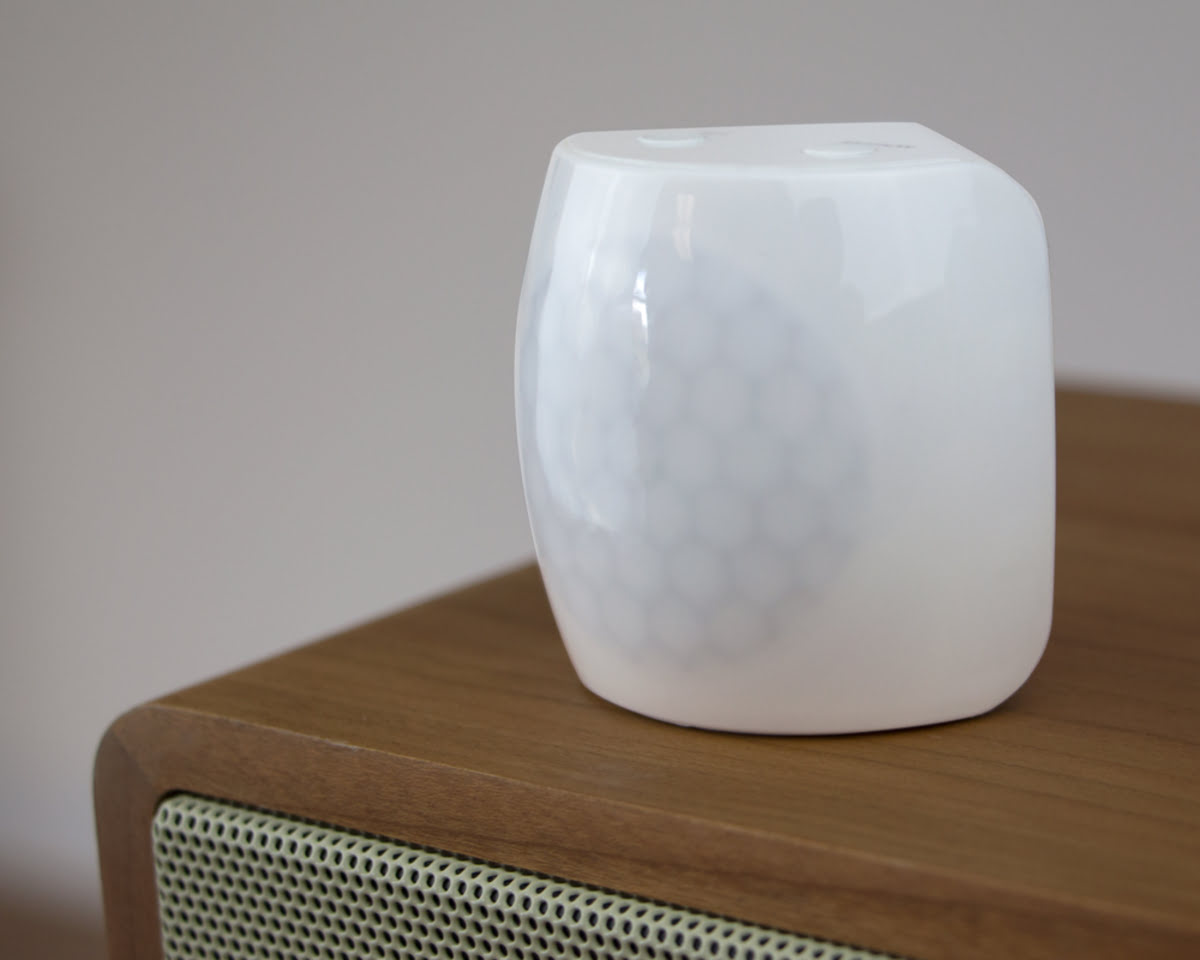

Home Security and Surveillance
How To Deactivate An Insteon Motion Detector When Occupied
Modified: March 6, 2024
Learn how to deactivate an Insteon motion detector for home security and surveillance when occupied. Protect your property with these easy steps.
(Many of the links in this article redirect to a specific reviewed product. Your purchase of these products through affiliate links helps to generate commission for Storables.com, at no extra cost. Learn more)
Introduction
Welcome to the world of home security and surveillance! In today’s fast-paced and interconnected society, ensuring the safety and security of our homes has become increasingly important. With advancements in technology, we now have access to a wide range of home security systems and devices that offer peace of mind and protection.
One such device that has gained popularity is the Insteon motion detector. Designed to detect motion and trigger various actions, these advanced devices are an integral part of many home security setups. However, there may be instances when you need to deactivate the motion detector while you or someone else is present in the area it covers. In this article, we will explore the reasons why you might want to deactivate an Insteon motion detector when occupied and discuss various methods to achieve this.
Before we dive into the methods, let’s take a moment to understand how Insteon motion detectors work. These devices utilize infrared technology to detect changes in heat patterns and movement within their range. They are typically installed in strategic locations such as entryways and hallways to monitor and notify homeowners of any suspicious activity.
While motion detectors play a crucial role in protecting our homes, there can be situations when they need to be deactivated temporarily. For example, you might want to disable the detector if you are hosting a party and don’t want the constant triggering of alarms or notifications. Or, you may have a curious pet that keeps setting off the motion detector while roaming around the house.
Now that we understand the reasons behind temporarily deactivating an Insteon motion detector, let’s explore some methods that can be used to achieve this.
Key Takeaways:
- Adjusting the sensitivity settings of an Insteon motion detector allows you to reduce false alarms and customize its responsiveness to movements, ensuring privacy and convenience when occupied.
- Using an Insteon hub provides advanced automation options and centralized control over your motion detectors, offering a sophisticated and customizable method to deactivate them when occupied.
Read more: How To Deactivate A Motion Detector
Understanding Insteon Motion Detectors
Insteon motion detectors are innovative devices that play a significant role in home security systems. These detectors are designed to detect motion within a specified range and can trigger various actions, such as turning on lights or sounding an alarm, when motion is detected.
One of the distinguishing features of Insteon motion detectors is their use of infrared technology. Infrared sensors can detect the movement of heat sources, such as humans or animals, within their coverage area. This technology allows the motion detectors to accurately identify when there is activity in a particular space.
The range and coverage pattern of Insteon motion detectors can vary. Some models have a wider coverage range, while others are designed for more specific areas. The range typically refers to the maximum distance at which the detector can sense motion, while the coverage pattern refers to the angle of detection.
Insteon motion detectors are typically mounted on walls or ceilings and can be adjusted to cover specific areas within a room. They are commonly used to monitor entryways, hallways, and other high-traffic areas where motion detection is crucial for security purposes.
These motion detectors are often integrated into home automation systems, making them a central component of a smart home setup. Through an Insteon hub or a compatible home automation controller, you can control and customize the behavior of the motion detectors. This allows you to create personalized security scenarios, such as automatically turning on lights when motion is detected or receiving alerts on your smartphone.
In addition to their security benefits, Insteon motion detectors can also contribute to energy efficiency. By using motion sensing to control lighting, you can ensure that lights are only activated when needed, reducing energy consumption and utility costs.
Overall, Insteon motion detectors offer a reliable and versatile solution for enhancing home security and adding convenience to your daily routine. Understanding the capabilities of these devices is essential when it comes to effectively managing and optimizing their functionality.
Why Deactivate an Insteon Motion Detector When Occupied?
While Insteon motion detectors are designed to enhance home security and provide peace of mind, there are situations where you might want to temporarily deactivate them when you or someone else is present in the area they cover. Let’s explore some common reasons why you might need to deactivate an Insteon motion detector when occupied.
1. Privacy: In certain areas of your home, such as bedrooms or bathrooms, you might prefer not to have motion detectors active to maintain privacy. Disabling the motion detector during these times ensures that your movements are not constantly monitored or triggering unnecessary alarms.
2. Pet-Friendly Environment: Many households have pets that can set off motion detectors with their movements. Deactivating the motion detector when occupied by a pet prevents false alarms and undue disturbances. It allows your furry companions to freely roam without triggering any unwanted actions or notifications.
3. Parties and Gatherings: When hosting a party or gathering, the constant motion of guests can trigger the motion detector, leading to frequent alarms or notifications. By temporarily deactivating the motion detector during these events, you can prevent any interruptions and create a more enjoyable atmosphere for your guests.
4. Flexibility and Control: Deactivating an Insteon motion detector when occupied gives you greater control over the security system. It allows you to customize the behavior of the motion detectors based on your specific needs, giving you more flexibility in managing and optimizing your home security setup.
5. Sensitivity to Lighting Changes: In some instances, motion detectors can be sensitive to changes in lighting conditions. For example, if the detector is installed near a window and sunlight causes fluctuating shadows, it may trigger false alarms. By deactivating the motion detector in such scenarios, you can avoid unnecessary disturbances and ensure smooth operation.
It’s important to note that while temporarily deactivating the motion detector in certain situations can be beneficial, it’s essential to reactivate it once the need to disable it has passed. Regularly monitoring and controlling the activation of the motion detector will help maintain the overall security of your home.
Now that we understand why you might want to deactivate an Insteon motion detector when occupied, let’s explore various methods that can be used to achieve this.
Methods to Deactivate an Insteon Motion Detector When Occupied
When you find yourself in a situation where you need to temporarily deactivate an Insteon motion detector while you or someone else is present in the area it covers, there are several methods you can utilize. Let’s explore these methods in more detail:
1. Adjusting the Sensitivity Settings: Most Insteon motion detectors come with adjustable sensitivity settings. By reducing the sensitivity level, you can decrease the likelihood of triggering the detector with minor movements. This method allows you to fine-tune the motion detection to better suit your needs when occupied.
2. Covering the Motion Detector: Another simple method is to physically cover the motion detector with a temporary barrier, such as a piece of tape or a cloth. This blocks the sensor’s field of view and prevents it from detecting motion. However, it’s important to note that this method should only be used temporarily and with caution, as it is not a long-term solution and may impact the overall effectiveness of your security system.
3. Using an Insteon Hub: If you have an Insteon hub or a compatible home automation controller, you can utilize its functionality to easily deactivate the motion detector when occupied. Through the hub’s control interface, you can turn off the motion detector or create specific automation rules to disable it during certain periods of time or when certain conditions are met.
4. Manually Disconnecting the Power Supply: Another option is to manually disconnect the power supply to the motion detector. This can be done by unplugging it from its power source or removing the batteries if it’s a battery-powered device. However, keep in mind that this method will completely disable the motion detector until the power is restored, so make sure to reactivate it when needed.
It’s important to note that while these methods can help temporarily deactivate an Insteon motion detector, they should be used responsibly and with consideration for the overall security of your home. It’s recommended to test and familiarize yourself with these methods to ensure you can easily reactivate the motion detector when necessary.
Remember, the ultimate goal is to optimize the functionality of your home security system while ensuring the safety of your household members and property. By utilizing these methods, you can have greater control and flexibility over the activation and deactivation of your Insteon motion detectors based on specific situations and needs.
Now that we’ve explored various methods to deactivate an Insteon motion detector when occupied, it’s time to wrap up our discussion.
Method 1: Adjusting the Sensitivity Settings
One of the most straightforward methods to deactivate an Insteon motion detector when occupied is by adjusting its sensitivity settings. Most Insteon motion detectors come with adjustable sensitivity levels, allowing you to fine-tune the detection range and reduce false alarms.
To adjust the sensitivity of an Insteon motion detector, follow these steps:
- Locate the sensitivity adjustment feature on the motion detector. This is usually a small dial or switch labeled “Sensitivity” or similar.
- Using a small screwdriver or your fingers, adjust the sensitivity level to a lower setting. Start with a conservative decrease and test the detector’s response.
- Trigger the motion detector by walking within its range to ensure that it is still detecting motion but is less sensitive to minor movements.
- Continue adjusting the sensitivity level as needed until you find the desired balance between reliable detection and minimizing false alarms.
- Make a note of the updated sensitivity setting for future reference.
By reducing the sensitivity level of the motion detector, you can decrease its responsiveness to minor movements or changes in the environment. This can be especially useful in situations where you or someone else might be constantly in the detector’s range, such as during family gatherings or with the presence of active pets.
It’s important to note that while adjusting the sensitivity can help mitigate false alarms, it’s essential to find the right balance. Too low of a sensitivity setting may result in the detector failing to detect actual motion when needed. Therefore, make sure to test the motion detector’s response after adjusting the sensitivity level to ensure it meets your security requirements.
Additionally, if you have multiple motion detectors in different areas of your home, you can adjust the sensitivity settings individually for each detector based on the specific needs of each area.
Method 1: Adjusting the sensitivity settings of an Insteon motion detector offers a flexible and customizable way to deactivate the detector when occupied. By fine-tuning the sensitivity, you can reduce the number of false alarms while still ensuring reliable motion detection when it is necessary.
Now that we’ve covered the first method, let’s move on to explore another approach to deactivate an Insteon motion detector when occupied.
To deactivate an Insteon motion detector when occupied, simply press and hold the set button for 3 seconds until the LED turns off. This will temporarily disable the motion sensor.
Read more: How To Deactivate A DSC Motion Detector
Method 2: Covering the Motion Detector
Another simple yet effective method to temporarily deactivate an Insteon motion detector when occupied is by physically covering the device. This method involves placing a temporary barrier over the motion detector to block its field of view and prevent it from detecting motion.
To cover an Insteon motion detector, follow these steps:
- Identify the location of the motion detector and ensure you have easy access to it.
- Select a suitable material to use as a temporary barrier. This can be a piece of tape, a cloth, or any non-permanent covering that can be easily removed.
- Carefully place the selected material over the motion detector, ensuring that it completely covers the sensor area without obstructing any other components.
- Secure the covering in place to prevent it from accidentally falling or shifting during normal movements.
- Once you no longer need to deactivate the motion detector, gently remove the covering and store it for future use.
By covering the motion detector, you effectively block its ability to detect motion. This method can be particularly useful in scenarios where you want to maintain privacy or prevent false alarms caused by regular movements within the sensor’s range.
However, it’s important to note that covering the motion detector should only be used temporarily and with caution. It is not a permanent solution and may impact the overall effectiveness of your security system.
Keep in mind the following considerations when using this method:
- Ensure that the covering is securely in place and does not obstruct any other essential components of the motion detector.
- Regularly check the covering to ensure it hasn’t slipped or fallen off, which could inadvertently reactivate the motion detector.
- Avoid using materials that may cause damage to the motion detector or leave residue when removed.
- Exercise caution when removing the covering to avoid accidentally triggering the motion detector while doing so.
Method 2: Covering the motion detector presents a simple and temporary solution to deactivate an Insteon motion detector when occupied. By obstructing the field of view, you can effectively prevent the detector from detecting motion within its range, giving you the privacy and freedom you need.
Now that we’ve covered the second method, let’s move on to explore another approach to deactivate an Insteon motion detector when occupied.
Method 3: Using an Insteon Hub
If you have an Insteon hub or a compatible home automation controller, you have the added convenience of easily deactivating an Insteon motion detector when occupied through its control interface. Using an Insteon hub allows for more advanced automation and customization options for managing your motion detectors.
To deactivate an Insteon motion detector when occupied using an Insteon hub, follow these steps:
- Ensure that your Insteon hub is properly set up and connected to your motion detector.
- Access the control interface of your Insteon hub through a smartphone app or a web-based portal.
- Navigate to the “Motion Detectors” or “Devices” section where you can view and control the connected motion detectors.
- Select the specific motion detector that you want to deactivate.
- Look for the option to disable or turn off the motion detector within the control interface.
- Toggle the setting to deactivate the detector. The motion detector will remain deactivated until you manually reactivate it through the control interface.
Using an Insteon hub offers the flexibility to create specific automation rules to deactivate motion detectors during certain periods of time or under certain conditions. For example, you could create a rule that automatically deactivates the motion detector during designated “Quiet Hours” to prevent unnecessary notifications or disturbances.
With an Insteon hub, you can also integrate the motion detectors with other smart devices in your home security system. This allows for more advanced automation scenarios, such as turning on lights or triggering sirens when motion is detected in specific areas.
By utilizing the control capabilities of an Insteon hub, you can easily manage and deactivate motion detectors to suit your specific needs and preferences when occupied. It provides a convenient and centralized approach to controlling multiple motion detectors within your home security system.
Remember to familiarize yourself with the control interface and capabilities of your Insteon hub to effectively leverage its features in managing your motion detectors.
Method 3: Using an Insteon hub offers a sophisticated and customizable method to deactivate motion detectors when occupied, allowing for seamless integration with other smart devices and enhanced control over your home security setup.
Now that we’ve covered the third method, let’s move on to explore another approach to deactivate an Insteon motion detector when occupied.
Method 4: Manually Disconnecting the Power Supply
If you need to completely deactivate an Insteon motion detector when occupied, one effective method is to manually disconnect its power supply. This method involves physically cutting off the power source to the motion detector, effectively rendering it inactive until the power is restored.
To manually disconnect the power supply of an Insteon motion detector, follow these steps:
- Identify the power source of the motion detector. This can be an electrical outlet or a battery compartment.
- If the motion detector is connected to an electrical outlet, unplug the power cord from the outlet. Ensure that you properly grip the plug itself and avoid pulling on the cord.
- If the motion detector is battery-powered, open the battery compartment and remove the batteries. Place the batteries in a safe location for later use.
- Confirm that the power supply to the motion detector has been completely disconnected by checking its status LED or the lack of any signs of activity.
- When you no longer need to deactivate the motion detector, reconnect the power supply by plugging it back into the electrical outlet or reinstalling the batteries.
By manually disconnecting the power supply, you have full control over the activation and deactivation of the motion detector. This method completely renders the motion detector inactive until the power is restored, which can be useful in situations where you want to ensure absolute privacy or temporarily suspend motion detection.
Keep the following considerations in mind when using this method:
- Ensure that you have easy access to the power source of the motion detector.
- Take care not to damage the power cord or battery compartment when disconnecting or reconnecting the power supply.
- Remember to reactivate the motion detector by reconnecting the power supply when you no longer need it to be deactivated.
Method 4: Manually disconnecting the power supply offers a straightforward and reliable way to deactivate an Insteon motion detector when occupied. By regaining control over the power supply, you can easily adjust the functionality of the motion detector to suit your specific needs.
Now that we’ve covered the fourth method, let’s summarize our discussion.
Conclusion
Insteon motion detectors are valuable components of home security systems, providing reliable motion detection capabilities for enhanced safety and peace of mind. However, there are situations when you may need to deactivate these detectors temporarily when you or others are present in the areas they cover.
Throughout this article, we explored various methods to deactivate an Insteon motion detector when occupied. Adjusting the sensitivity settings allows you to fine-tune the detector’s responsiveness to minimize false alarms. Covering the motion detector physically blocks its field of view, preventing it from detecting motion temporarily. Using an Insteon hub provides advanced automation options and centralized control over your motion detectors. Finally, manually disconnecting the power supply renders the motion detector inactive until the power is restored.
When utilizing these methods, it’s important to consider the specific needs of your home and the purpose of deactivating the motion detectors. Always prioritize the security of your household and property while finding the right balance between privacy and convenience.
Remember to reactivate the motion detectors when the need to deactivate them has passed to ensure the continuous protection and functionality of your home security system. Regularly test and monitor your motion detectors to ensure they are operating effectively and meeting your security requirements.
Insteon motion detectors offer a versatile solution for enhancing home security and automation. By understanding their capabilities and knowing how to deactivate them when occupied, you can optimize their functionality and adapt them to your unique needs.
So, whether you want to disable the motion detector for privacy, accommodate pets, host gatherings, or gain more control over your security system, the methods discussed in this article provide practical ways to achieve your objectives.
Now it’s time to take action and implement the method that best suits your situation. Enjoy the peace of mind and flexibility that come from having control over your Insteon motion detectors.
Frequently Asked Questions about How To Deactivate An Insteon Motion Detector When Occupied
Was this page helpful?
At Storables.com, we guarantee accurate and reliable information. Our content, validated by Expert Board Contributors, is crafted following stringent Editorial Policies. We're committed to providing you with well-researched, expert-backed insights for all your informational needs.
